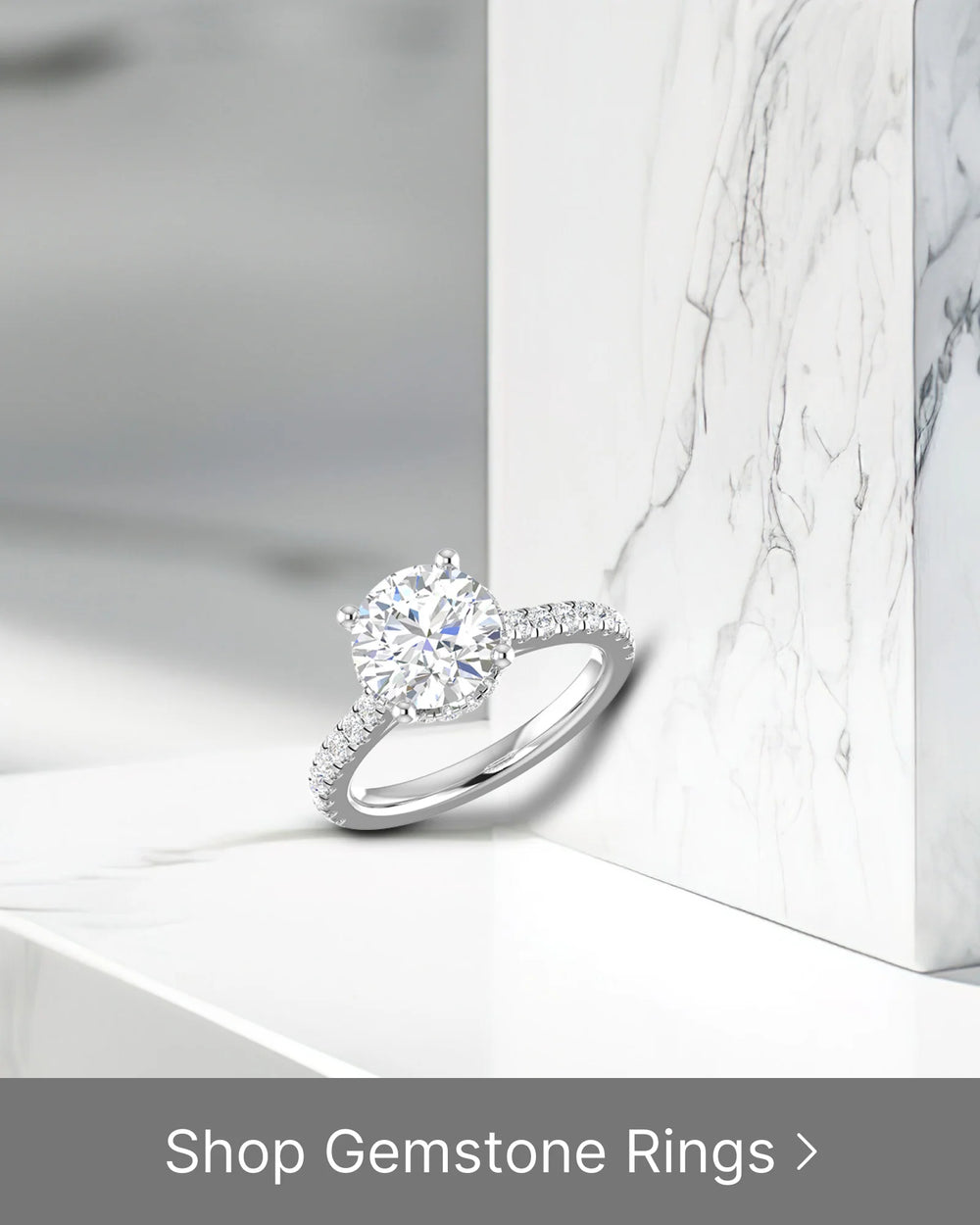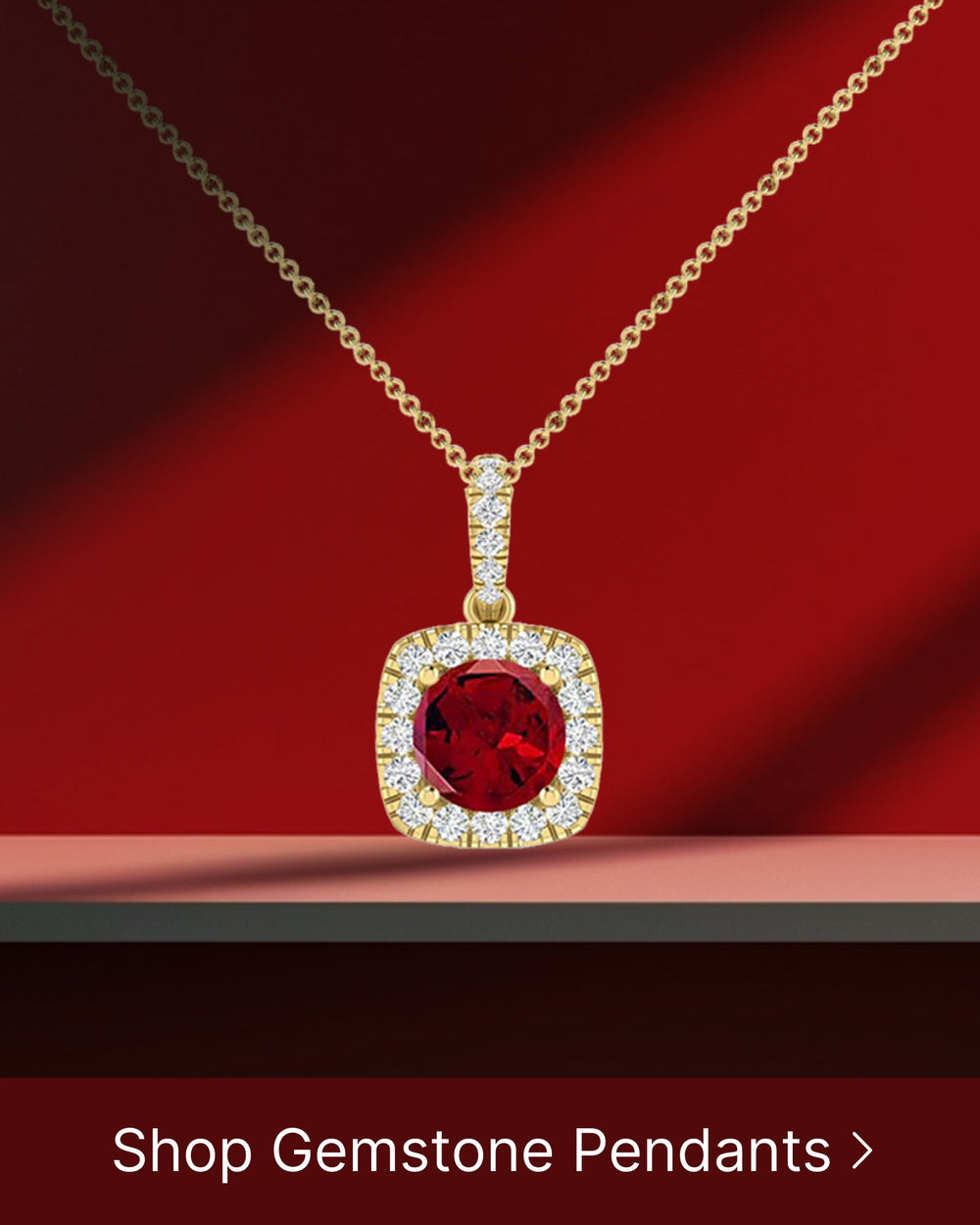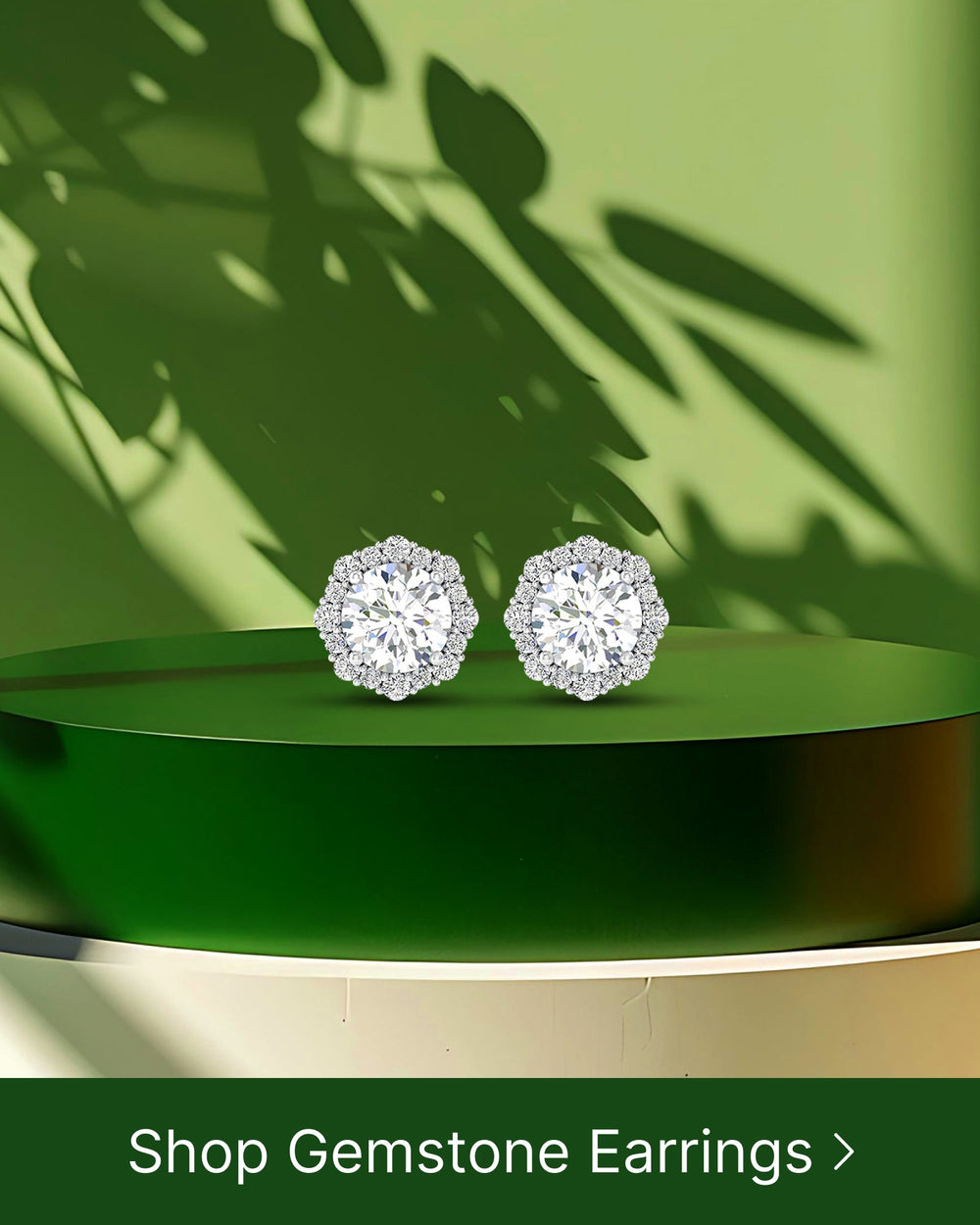Sapphires are highly prized gemstones known for their stunning beauty and timeless appeal. Whether you're a gem collector, jewelry enthusiast, or someone considering purchasing a sapphire, understanding their value is essential. The price of a sapphire is determined by several factors, including its color, clarity, carat weight, origin, treatment, and market demand. Let's delve into each of these aspects to gain a deeper understanding of how sapphires are valued.
Understanding the Value of Sapphires
Sapphires come in a range of colors, with blue being the most popular and valuable. However, they can also be found in shades of pink, yellow, green, orange, and purple. The color of a sapphire plays a significant role in its worth. Hues that are vivid, intense, and evenly distributed are considered more valuable. The presence of secondary colors may also impact the sapphire's worth, with certain combinations, such as blue with a hint of purple, being highly sought after.
Did you know that the blue color in sapphires is caused by the presence of iron and titanium? These elements create the characteristic deep blue hue that is so highly prized. The intensity of the blue color depends on the concentration of these elements, with higher levels resulting in a more vibrant and valuable sapphire.
Another critical aspect that affects a sapphire's value is its clarity. Clarity refers to the presence of any internal or external flaws, known as inclusions. A sapphire with minimal inclusions is considered more valuable. However, in some cases, certain inclusions, such as silk or needle-like rutile, may enhance the sapphire's uniqueness or display a phenomenon known as asterism, adding to its worth.
When it comes to clarity, it's fascinating to note that sapphires from different regions can have distinct characteristics. For example, sapphires from Kashmir are known for their velvety appearance and exceptional clarity. These sapphires are highly coveted and can command premium prices in the market.
The carat weight of a sapphire is another factor to consider when assessing its value. As with other gemstones, the price per carat of a sapphire generally increases with its size. However, larger sapphires are rarer and can command a higher price per carat due to their scarcity.
It's interesting to think about the journey a sapphire takes from the depths of the Earth to becoming a prized gemstone. Sapphires are formed under intense heat and pressure deep within the Earth's crust. Over millions of years, geological forces push these gemstones closer to the surface, where they can be mined and eventually transformed into exquisite jewelry pieces.
When evaluating the value of a sapphire, it's essential to consider all these factors: color, clarity, and carat weight. Each sapphire is unique, and its value is determined by a combination of these characteristics. Whether you're a gemstone enthusiast or simply appreciate the beauty of sapphires, understanding their value adds another layer of fascination to these remarkable gemstones.
The Influence of Origin and Treatment on Sapphire Value
The geographic origin of a sapphire can significantly impact its value. Sapphires from certain locations, such as Kashmir, Burma (Myanmar), and Ceylon (Sri Lanka), are highly coveted due to their historical significance and exceptional quality. Sapphires from these regions often carry a premium price tag.
Kashmir sapphires, for example, are renowned for their mesmerizing cornflower blue color and velvety texture. These sapphires were first discovered in the late 19th century in the remote mountains of Kashmir, India. Their rarity and unique color have made them some of the most sought-after gemstones in the world. Due to their limited supply, Kashmir sapphires command top prices in the market.
Burma, now known as Myanmar, is another region that produces highly valuable sapphires. Burmese sapphires are prized for their intense royal blue hue, often described as "pigeon's blood" red. The Mogok Valley in Burma has been a rich source of gemstones for centuries, and Burmese sapphires are admired for their exceptional color saturation and clarity. These sapphires are considered a symbol of wealth and prestige.
Ceylon, currently known as Sri Lanka, has a long history of producing fine sapphires. Ceylon sapphires are known for their wide range of colors, including vibrant blues, delicate pinks, and sunny yellows. The gem mines of Sri Lanka have been in operation for over 2,000 years, and the country's sapphires are highly regarded for their transparency and brilliance. Ceylon sapphires are often used in high-end jewelry designs.
In addition to origin, the treatment of sapphires can affect their value. Heat treatment is a common practice in the gem trade to enhance the color and clarity of sapphires. This process involves heating the sapphire to high temperatures, which can remove or reduce impurities and improve the stone's overall appearance. Heat-treated sapphires are still valuable and widely accepted in the market, as the treatment is considered a standard practice.
However, untreated and unheated sapphires are considered more rare and can fetch higher prices. These sapphires are prized for their natural beauty and are highly sought after by collectors and connoisseurs. Unheated sapphires retain their original color and often exhibit unique characteristics that make them truly one-of-a-kind. The scarcity of unheated sapphires, especially in larger sizes and exceptional quality, makes them highly desirable among gem enthusiasts.
It is important to note that the origin and treatment of a sapphire are just two factors that contribute to its value. Other factors, such as carat weight, cut, and overall condition, also play a significant role in determining the worth of a sapphire. Whether you are a collector, investor, or simply a lover of beautiful gemstones, understanding the influence of origin and treatment on sapphire value can help you make informed decisions when purchasing or evaluating these precious stones.
The Market for Sapphires
The price of sapphires is also influenced by supply and demand dynamics. Fluctuations in supply, such as mining output, and changes in consumer demand for sapphires can impact their pricing. Market trends and preferences among consumers, including fashion trends and celebrity endorsements, can also influence the value of certain sapphire colors, shapes, or sizes.
When it comes to the supply of sapphires, several factors come into play. The availability of sapphires is largely dependent on mining activities around the world. Mining companies invest significant resources in exploring and extracting sapphires from various locations, including countries like Sri Lanka, Madagascar, Myanmar, and Australia. The output of these mining operations can vary from year to year, depending on factors such as geological conditions, government regulations, and market demand.
Furthermore, the quality of sapphires can vary greatly depending on their origin. For example, sapphires from Kashmir, a region in the Himalayas, are highly sought after due to their exceptional color and clarity. These sapphires are known for their velvety blue hue and are considered some of the finest in the world. On the other hand, sapphires from other regions may exhibit different colors, such as vibrant yellows, pinks, or even color-changing properties.
Consumer demand plays a crucial role in determining the value of sapphires. The popularity of sapphires can fluctuate over time, influenced by various factors such as changing fashion trends, cultural preferences, and even celebrity endorsements. For example, if a famous actress is seen wearing a sapphire engagement ring, it can create a surge in demand for similar pieces, leading to an increase in prices. Similarly, if a particular color of sapphire becomes fashionable, such as a vibrant pink or a deep green, it can drive up the prices for those specific varieties.
Moreover, the size and shape of a sapphire can also impact its value. Larger sapphires are generally rarer and more valuable, especially if they exhibit exceptional color and clarity. The shape of a sapphire, whether it's a classic oval, a radiant cut, or a unique cushion shape, can also influence its desirability and, consequently, its price.
In conclusion, the market for sapphires is a complex and dynamic one, influenced by a multitude of factors. From the fluctuations in supply due to mining output to the ever-changing consumer demand influenced by fashion trends and celebrity endorsements, the value of sapphires can vary significantly. Understanding these dynamics is essential for both buyers and sellers in the sapphire market, ensuring informed decisions and successful transactions.
Appraising and Selling Sapphires
If you own a sapphire and wish to determine its value, getting it appraised by a certified gemologist is essential. An appraisal takes into account various factors such as the sapphire's characteristics, market conditions, and recent sales of comparable sapphires. The appraiser will provide a detailed report with the estimated value of your sapphire.
When selling a sapphire, it's important to consider factors such as the current market demand, the rarity of your sapphire's characteristics, and the reputation of the buyer. Selling through reputable dealers or auction houses can help ensure a fair price for your sapphire.
The Future of Sapphire Pricing
Predicting the future of sapphire prices is not an exact science. However, experts analyze historical data, market trends, and technological advancements to make educated projections. Factors such as changes in mining output, advancements in synthetic sapphires, and shifts in consumer preferences may influence future sapphire pricing.
Speaking of synthetic sapphires, their increasing availability in the market could potentially impact the pricing of natural sapphires. While synthetic sapphires offer a more affordable alternative, the rarity and allure of natural sapphires are likely to maintain their value.
In conclusion, determining the worth of a sapphire involves considering its color, clarity, carat weight, origin, treatment, and market demand. Each of these factors contributes to the overall value and desirability of a sapphire. Whether you're an avid collector, a seller, or simply interested in sapphires, understanding the nuances of sapphire valuation empowers you to make informed decisions and appreciate the beauty and value of these exquisite gemstones.





